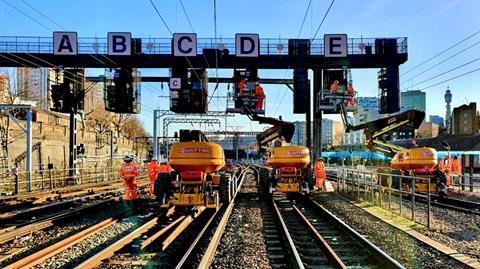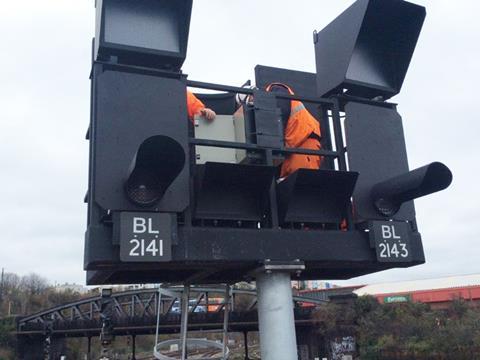
UK: Proposals for increasing competition in the signalling market to reduce costs and boost performance, efficiency and innovation have been published by the Office of Rail & Road.
ORR’s market study found that the signalling market in Great Britain is worth £800m to 900m per year and is expected to expand significantly. However, the regulator believes it is currently not competitive enough, as there are too few suppliers and high costs, while Network Rail does not have procurement practices in place to benefit from its power as the main buyer.
ORR’s recommendations include:
- a new approach to procurement aimed at rewarding pro-competitive behaviour, widening the pool of suppliers and reducing Network Rail’s dependency on incumbent suppliers;
- ensuring Network Rail’s procurement processes are run on genuinely competitive terms and do not unduly favour existing suppliers or penalise first movers in new technology;
- providing suppliers with greater certainty in the volumes of work awarded to them and reducing the risk when developing new technologies.
ORR has given Network Rail until February 11 2022 to submit a plan setting out how it intends to implement the recommendations. It will continue to monitor the market, and intends to publish a further update in six months outlining the progress which has been made.

‘There are more than 40 000 signals on the main line network, with 65% of these needing to be renewed within the next 15 years — and essentially there are only two main players in the British market for major signalling projects, namely Siemens and Alstom, who account for over 90% of Network Rail’s major signalling spend’, said ORR Chief Executive John Larkinson on November 9.
‘The shift from conventional to digital signalling systems has the potential to revolutionise the way the railway operates, delivering transformative improvements to increase capacity, lower unit costs, and reduce disruption. Our recommendations set out how Network Rail can reduce reliance on the dominant suppliers, and make the market more attractive to potential new suppliers by increasing suppliers’ confidence in the market and reducing costs.’

Responding to ORR’s recommendations, a Network Rail spokesperson said ‘we know we must work more efficiently and deliver better value for money for passengers and taxpayers. We are committed to continuing to work with suppliers across the industry to further develop our procurement approach for signalling to ensure that it is competitive, transparent and accessible. We will be developing our plans in response to these recommendations and will continue to engage and work with the ORR in delivering a more effective signalling market for Britain’s railway.’
David Clarke, Technical Director at the Railway Industry Association which represents suppliers, said ‘Network Rail’s Long Term Deployment Plan sets out a good strategy for the roll out of digital signalling, but it is yet to be funded, leaving rail suppliers uncertain as to whether the plan will go ahead.’ Warning that the situation ‘is becoming increasingly urgent’, RIA urged the government ‘to work with industry to get the programme underway’.



